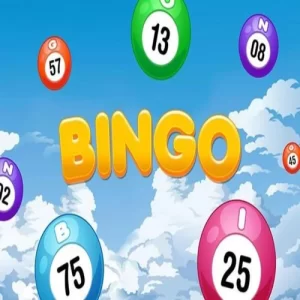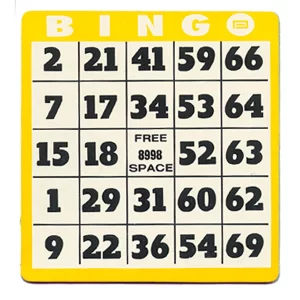The Role of Card Distribution in Bingo Card Strategy

Becoming familiar with the rules and winning patterns for any variant of bingo will allow you to make better decisions during gameplay, including adapting your strategy depending on its pattern and timing.
Joseph E. Granville suggests selecting cards with a broad distribution of high and low numbers as well as odd and even numbers to increase your odds of hitting a called number. Also consider cards containing various final digits.
Probability
Contrary to dice games where winning depends on player numbers, bingo-type games have fixed probabilities due to cards designed beforehand which meet specific constraints; such as not containing straights or all odd/even numbers and being arranged in certain patterns – unlike dice games where winning depends on number of players involved. Bingo-like games allow fewer winning patterns but still retain high probabilities of victory for all participants involved.
Understanding the probability of winning Bingo can transform it from an abstract game of chance into an engaging strategic endeavor. Utilizing patterns knowledge, players can increase their odds by selecting cards with balanced numbers both high and low as well as spread of final digits. Smaller games with less participants increase winning odds further while knowledge of probability allows players to evaluate when to enter them.
Symbols
Bingo requires careful strategy for success. Beyond just being a fun social game, Bingo also serves as an effective way of developing mathematical skills and increasing chances of winning. Here are a few strategies and tips to maximize one’s odds: 1) Location Matters: Sit close to the caller so as to increase chances of hearing their numbers being called out more clearly – otherwise you might miss them or forget to mark squares when necessary.
2) Symbol Selection: For optimal success early in the game, select cards that feature equal proportions of high and low numbers as well as odd and even numbers – this will increase your odds of victory and help ensure more chances to win! Later in the game, try to choose cards closer to 38 numbers.
The invention has broad applicability to any grid-type game card, regardless of any particular pattern definitions or target patterns associated with it. For example, players holding game cards that produce “C” target patterns (shown as pattern P4 in FIG. 5) will receive prize level 1 according to this process shown in FIG. 5.
Variations
There are various variations of classic bingo game that add variety and challenge. One such variation is coverall/blackout which challenges players to mark all numbers on their cards before someone shouts BINGO!
Other strategies for winning bingo include selecting an even balance of high and low numbers as well as even and odd numbers, with multiple final digits for greater coverage. No matter which strategy you adopt, it is vitally important that you remain attentive throughout the game; distractions could result in missed numbers that reduce your odds of success.
An effective strategy to increase your chances of winning is playing with fewer people, as this will improve your success rate and allow for quicker completion of games. Furthermore, setting a budget and sticking with it are both key if you don’t want to overspending!
Rules
Bingo is an enduring classic game that blends chance and strategy, popularly played for centuries in churches and community centers worldwide. Nowadays, advances in bingo game design have introduced gamification elements that encourage deeper engagement from players while further improving the experience of bingo players.
Traditional bingo games feature a bingo caller who randomly selects number combinations between 1 and 75 from an array of numbers; players mark off any corresponding symbols on their scorecards; the first person to complete a pattern wins the prize.
As this fast-paced game can make it easy to miss a called number, it is crucial that you remain attentive and focused throughout. Noise or distractions may hinder play and prevent you from marking symbols required on your card – for this reason it is wiser to play when competition for prizes is low so as to increase your odds of victory.





